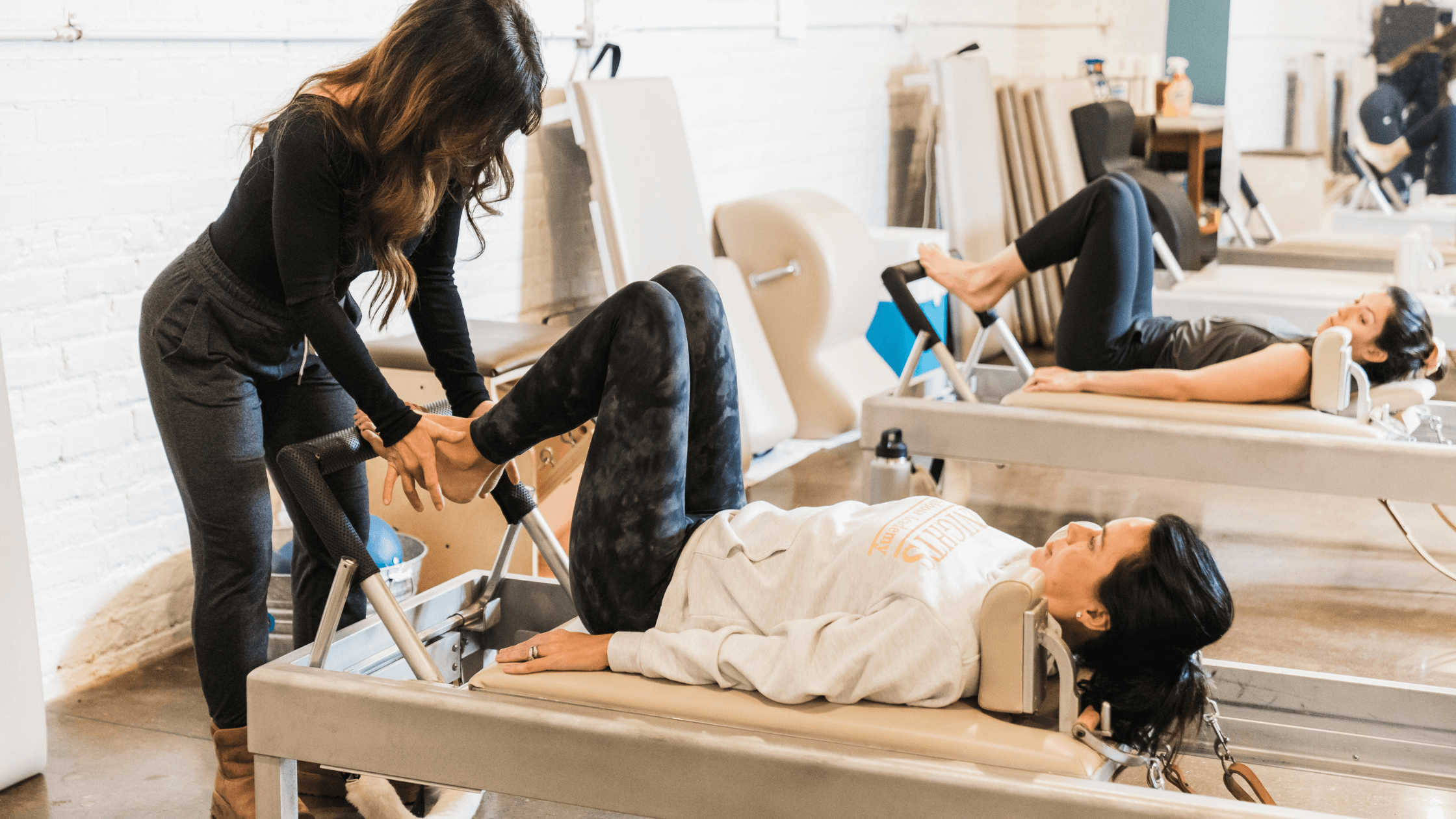Licensed Physical Therapist, PT, DPT // EW Motion Therapy Hoover
If you have a history of pain or pressure in your lower abdomen or lower back, you could be suffering from pelvic organ prolapse (POP). Depending on your prolapse stage, the condition can affect your daily life. Who should you go to for help? And what are your treatment options?
While the condition sounds scary, it is by no means life-threatening, and if you address the root cause of the condition as soon as possible, you can work toward proper healing. Physical therapy is one of the treatment options that can help you retrain your pelvic floor muscles to better support your organs and the rest of your core. Our pelvic floor physical therapists at EW Motion Therapy can customize a treatment plan to help you build strength and improve pelvic control. Even if you decide not to pursue physical therapy with us, we still want to educate you on how physical therapy can help with prolapse symptoms.
This article discusses the primary symptoms of pelvic organ prolapse, how the condition can affect daily life, how physical therapy can help, and some of the dos and don’ts of working with the condition. With this information, you can seek the treatment you need and make the best decision for your health.
What is prolapse?
Pelvic organ prolapse occurs when one or more of the organs sitting within your pelvis descends and bulges into the vaginal canal. This happens because the pelvic floor muscles may not be strong enough to support the contents that sit within your pelvis, which serves as a large bowl in which all your pelvic organs are contained. Your pelvic floor muscles can be hypotonic (naturally weaker) or weakened by childbirth or other pelvic conditions. There are various stages of prolapse, and they are numbered 0-4. Level 0 is normal, but your prolapse becomes more severe as you work up the scale to level 4.
Many pregnant or postpartum women can develop a prolapse, especially if they give birth vaginally. Also, people with previous pelvic surgeries or a hysterectomy are more prone to prolapse. Obesity and nerve damage can also put someone at risk for prolapse and the weakening of muscles during the natural aging process.
How does the condition affect daily life?
The primary symptoms associated with prolapse are increased pressure and discomfort in the pelvic region. You could also feel a pulling/stretching sensation in your groin that worsens if you stand for an extended time. Some women also develop incontinence symptoms or constipation.
Any pain, discomfort, or incontinence/constipation can be a barrier to daily life. Many women begin to avoid activities they enjoy out of fear that they may worsen their prolapse or increase the side effects. This is not fun for anyone to live with, so seeking treatment for prolapse is essential.
How can physical therapy help?
When you go to physical therapy for early-stage prolapse, your therapist will focus on retraining/strengthening your pelvic floor muscles and advising you on behavior modifications. Stronger pelvic floor muscles help to better support the organs that sit within your pelvis, so your therapist will walk you through various exercises and breathing techniques to build your strength back. Also, certain foods and liquids can irritate your bladder, so your therapist can help you identify things in your current diet you should avoid.
Your prolapse is already putting enough pressure on your abdominal muscles, so another part of physical therapy is learning to avoid putting excess pressure on your pelvic region, whether through exercise or straining during bowel movements. Your therapist will create a custom treatment plan for you so you can build strength and reduce the symptoms associated with your prolapse.
Dos and don’ts of pelvic organ prolapse
Let’s walk through some dos and don’ts of prolapse that you can do/avoid when you are not in physical therapy. These can help ease your daily life as you work to strengthen your pelvic floor muscles.
Dos of prolapse
- Incorporate high-fiber foods into your diet.
- Drink plenty of liquids to stay hydrated.
- Use proper lifting mechanics during exercise. Lift with your legs, not your back.
- Maintain a healthy weight. Obesity can worsen prolapse symptoms and put excess pressure on your abdominal muscles.
- Maintain proper breathing during exercise - do not hold your breath, but “blow as you go” to avoid excess abdominal pressure.
- Get a pelvic exam. This is a standard best practice to ensure your overall pelvic health.
Don’ts of prolapse
- Avoid straining during exercise or bowel movements. Excess abdominal pressure is not good for prolapse.
- Avoid excessive caffeine and processed foods, as these can influence your bladder/bowel function over time.
What are other treatment options?
Now you know more about prolapse and how physical therapy can help you strengthen your pelvic floor muscles. Your doctor can prescribe medications to help with prolapse, and you can also use a vaginal supporting device, like a pessary. However, if your prolapse has reached stage 4, you might need surgery. Still, discussing symptoms with your doctor first is always essential, especially if you have pelvic pain or incontinence.
While prolapse can sound scary, it can heal with the right therapy if you seek treatment during the early stages. Going to see an obstetrics physical therapist can be a great first step to retraining your pelvic floor muscles and getting advice on behavior modifications. Our women’s health team at EW Motion Therapy are experts in their field and can work with you to develop a treatment plan that addresses your needs and goals. If you are interested in working with a member of our women’s health team, fill out the Request an Appointment form, and someone from our staff will contact you within 48 hours with your next steps.


